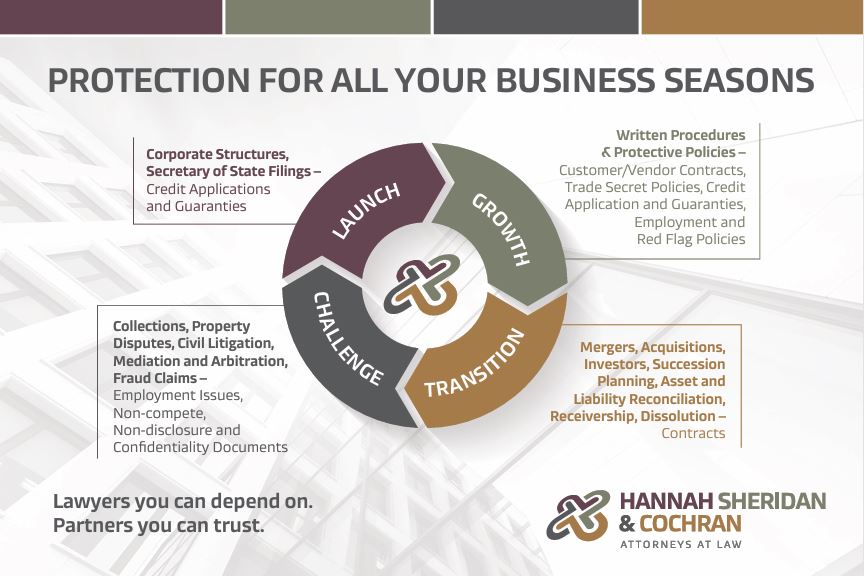In an uncertain and ever-changing economic landscape, businesses are motivated to protect their economic interests,…

Lien Law Primer
Is the new lien law working or is the economy simply humming along? A good question for all those involved in the construction industry right now. As April arrives, we complete the fourth year under the new age of the Lien Agent. We are unaware of any scientific studies related to the efficacy of the “new” regime. As with almost any change to the law, there are parts of the revised process which all of the parties across the construction landscape would agree need to be changed. However, coordinating efforts to determine what those changes should be and how the statute should be re-worded generally evokes differing opinions, and the North Carolina General Assembly seems to have its focus on less mundane topics at the moment.*
While liens are still being filed, it appears anecdotally that fewer are being filed these days, and no question that fewer are being filed than were filed during the economic downturn of a few years back. With that in mind, it seemed a good time to run back through some lien law fundamentals.
- Remember to look for the Designation of Lien Agent. Whether or not you are giving Notice to the Lien Agent (and you should be), there is a wealth of information to be obtained through the act of locating and downloading the Designation of Lien Agent form. If you need to file a lien, most of the information you need for the lien will be right at your fingertips (and you can always hope it is accurate, but do not count on that being the case.
- Know where you are in the chain. Before starting work on a construction project, make certain you have a good idea of who is above you in the lien chain. There is a world of difference in risk between being a third tier and being fourth tier. On federal projects, being a second tier or third tier is the difference between being protected by a Miller Act payment bond and not being protected.
- Remember that your first and last date can be your first and last date or you may rely upon the contractor’s first and last date. But, if you decide to rely upon the contractor’s dates, remember that at a trial, you will have to prove those dates.
- The last date is the most critical piece of information you will have to prove because it determines deadlines for filing the lien and filing the Complaint. And, if you mess up the date, the error is generally fatal.
- Review each lien issued in your name as soon as you get it. We, as lawyers, strive for perfection, but as much as we might dislike admitting it, we can make mistakes. Sometimes the error is on our end and sometimes it arises from the underlying information, but the key to remember with liens is they cannot be amended so catching an error early allows it to be corrected with reduced risk of harm. The more eyes the better.
Liens are a wonderful collection tool provided by the North Carolina Constitution to protect those in the construction industry from non-payment. But, because they are something of an extraordinary remedy, accuracy and attention to detail are demanded by the courts. Keep in mind that if a lien case gets to trial, someone will need to be able to testify under oath regarding each element of the lien. If you have questions or thoughts arising from this article, please contact our office.
By: Nan E. Hannah


